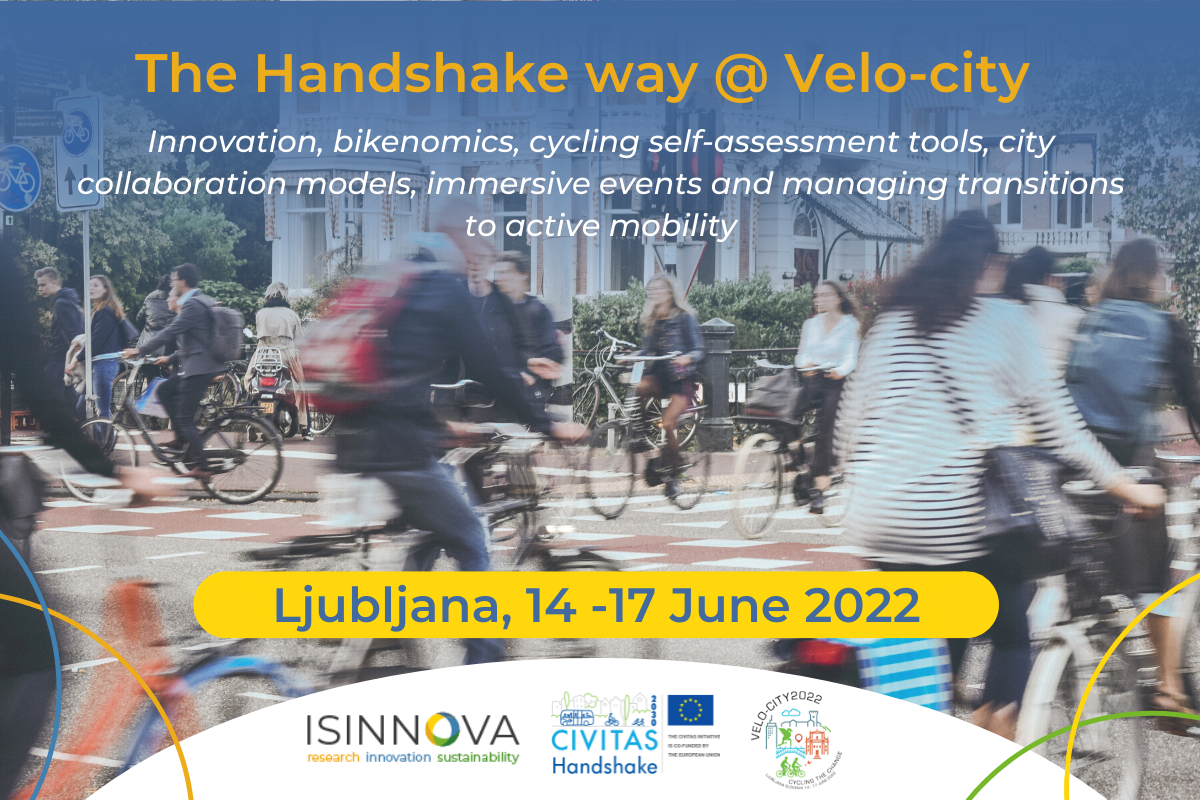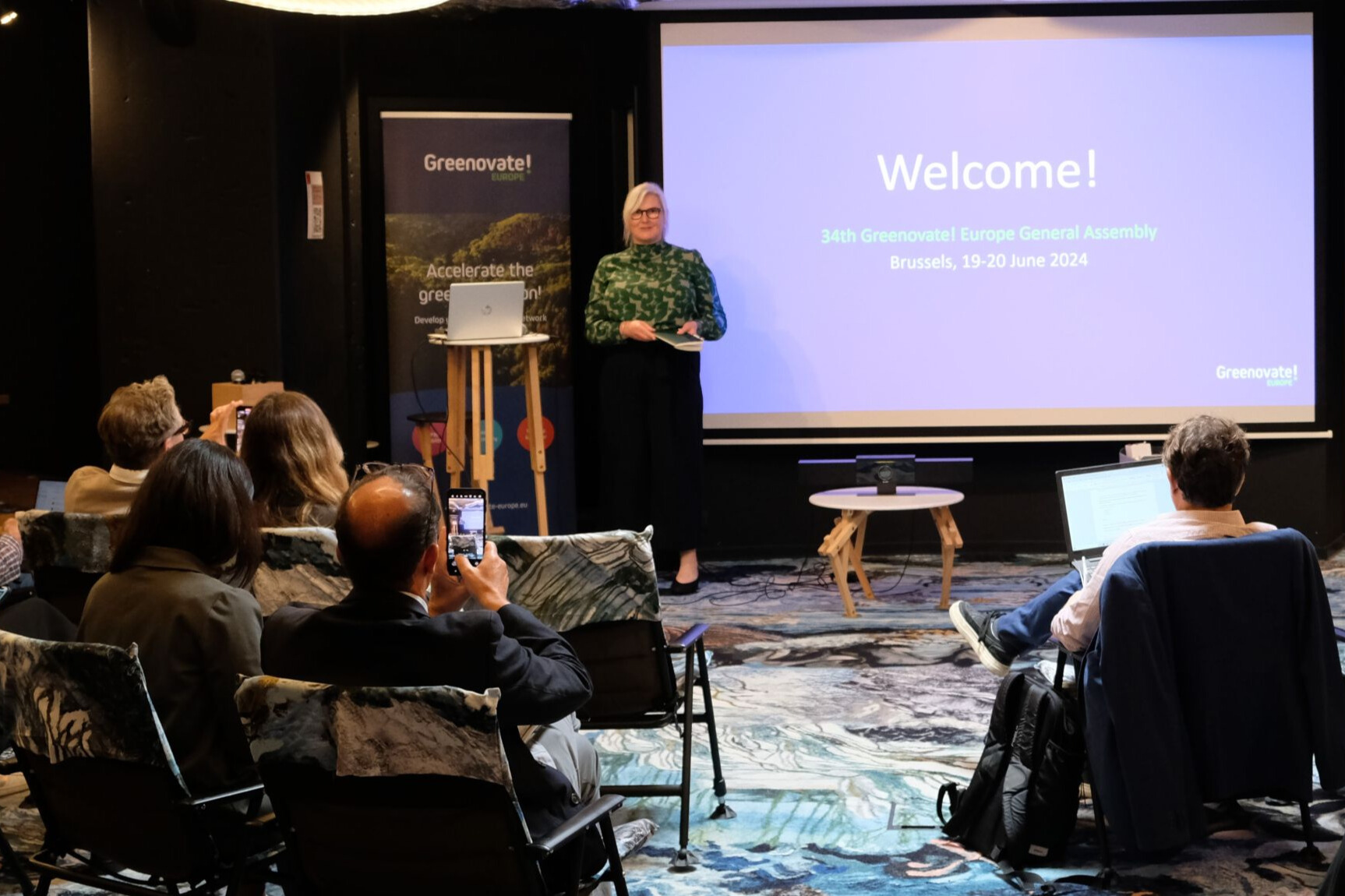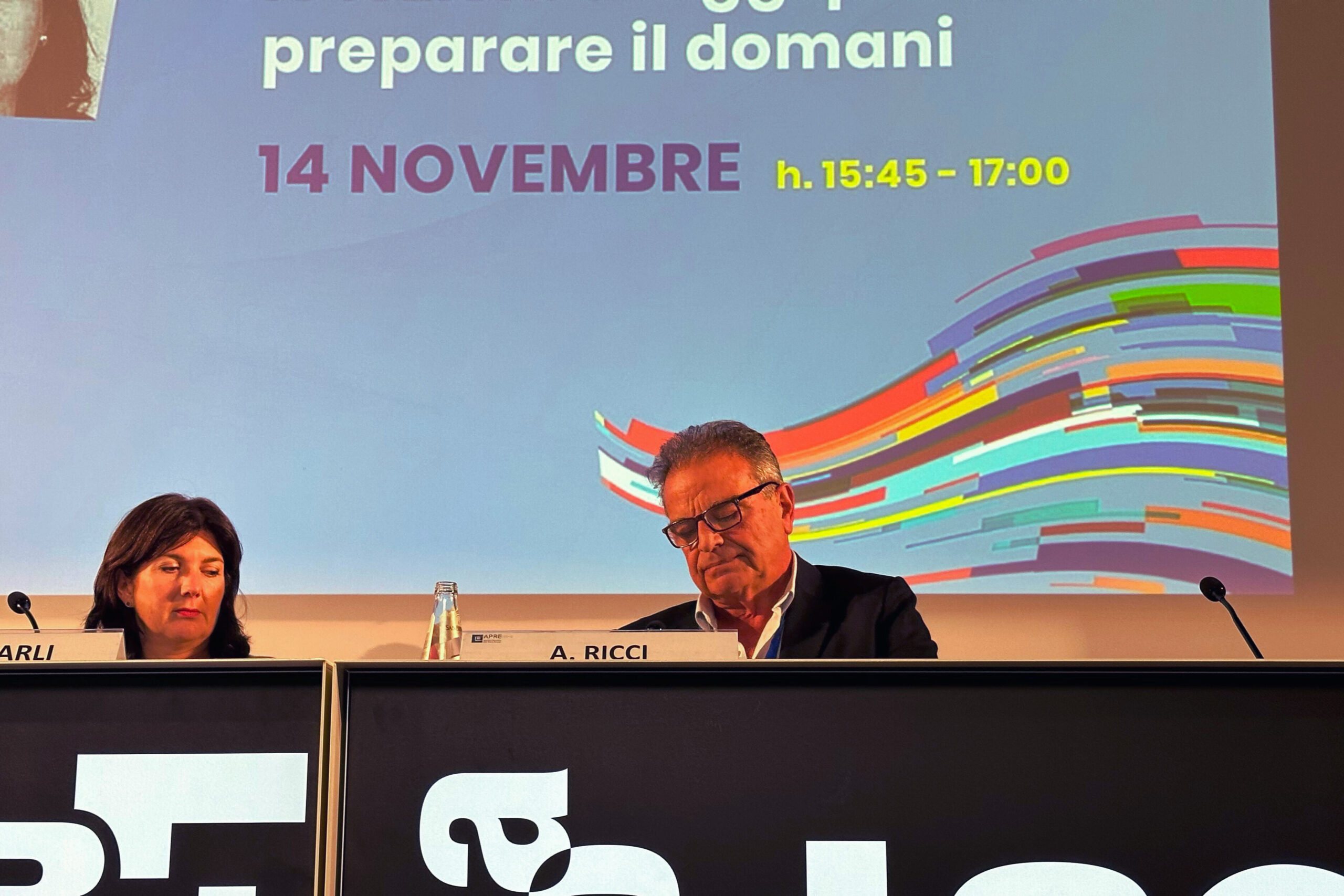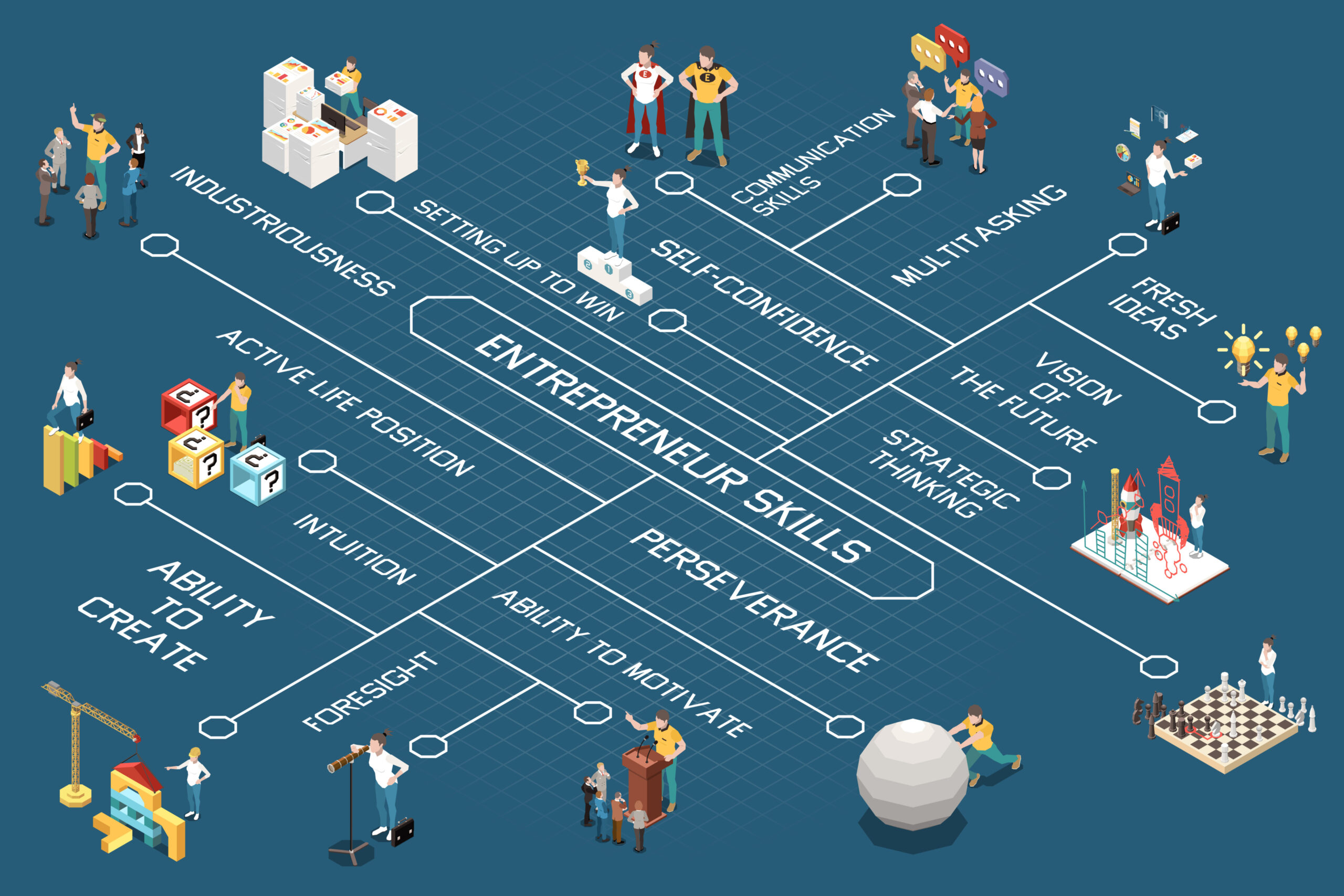
Velo-city 2022 (14 – 17 June 2022) is the ideal stage for Handshakers to tell the compelling story of this urban cycling project that has marked five intense years of sharing and transferring cycling approaches and knowledge between thirteen ambitious European cities, under the guidance of six active mobility experts. The insightful audience convened in Ljubljana gives Handshake the chance to share its methodological legacy with more than 1400 Velo-citizens, from over 60 countries, involved in the policy, promotion and provision for cycling, active mobility and sustainable urban development.
Handshake stars in two dedicated sessions focusing on the key tools & approaches used within the project to foster cycling change. As formal project closure gets closer it, Handshake’s takeaways stand strong, ready to take the project’s lessons to a new level. Along with all the tangible cycling infrastructure planned, designed and built due to Handshake, on top of all new policy frameworks and bicycle (and car) plans discussed, what Handshake has put on track and validated is a new set of tools and approaches to accelerate the shift to active mobility and empower cities through collaborative support.
Handshakers at Velo-city 2022 (including research partners and cities involved) will give way to the project’s winning tools, methods and applications, such as:
- new standards for innovation, running through the cycling capitals and ready to be adapted and transferred to future cycling capitals;
- insights from Bikenomics, to equip cities with tools for a social cost benefit analysis applied to cycling that can help direct investments in active mobility;
- a novel cycling self-assessment tool, to aid cities in understanding their own performance and proficiency in cycling;
- lessons from a city mentorship model, as a way to enhance “contamination” of good cycling practices between cities, sharing plans, problems and solutions, with constant mutual encouragement and support;
- immersive events, as a form of experiential learning to positively disrupt traditional thinking, rapidly spread good ideas, and accelerate the ambition and motivation of city leaders;
- visions on how to manage transitions in order for urban change to be long-lasting and instrumental for policy implementation and to make the shift to active mobility permanent.
All clues suggest the official end of the project will not terminate the Handshake vibe which has generated vibrant connections between cities and research partners. Personal and professional relationships that will survive the project’s closure and open the door to a continued promotion and implementation of future urban transformation through sustainable mobility.





Your article helped me a lot, is there any more related content? Thanks!
Your article helped me a lot, is there any more related content? Thanks!